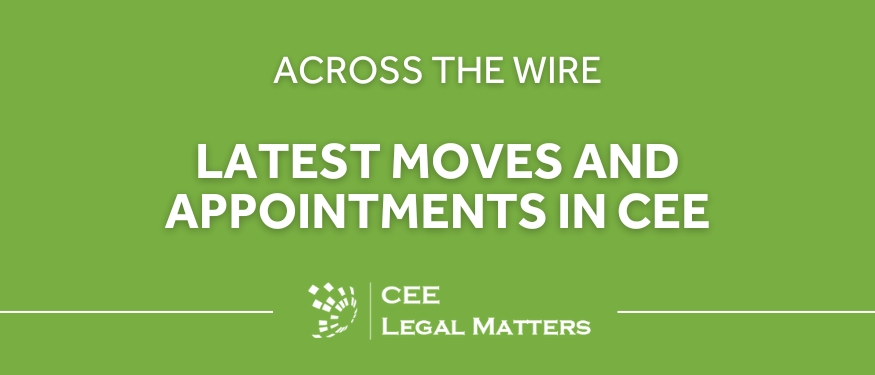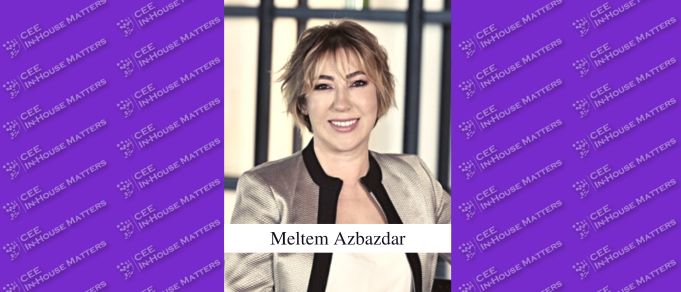In summer 2021 the European Banking Authority (EBA) published Draft Guidelines on the limited network exemption (LNE) under the Payment Service Directive 2 (PSD2) for consultation. The Draft Guidelines are meant to foster supervisory convergence amongst the EU's national competent regulators (NCAs).
The consultation is open for comments until 15 October 2021. The EBA plans that the Draft Guidelines will apply from 1 October 2022.
The provision of payment services and e-money services is subject to a prior licence of the relevant EU Member State's NCA (in Austria, the Financial Market Authority (FMA)) unless entities can rely on an available exemption. Many companies rely or intend to rely on the limited network exemption (LNE) under the Payment Service Directive 2 (PSD2). For those it is highly recommended to review the EBA's Draft Guidelines in detail, as they propose significant changes (including more restrictive views) to the current interpretation of the scope of the LNE.
In addition, the Draft Guidelines may impact the scope of the LNE available for e-money services (because e-money regulations refer to the PSD2 exemptions). Companies should be aware that the issuing of electronic customer voucher cards (including personalised or anonymous gift cards) with a payment function can qualify as the licensable issuing of electronic money.
Background of the EBA Draft Guidelines
The so-called "limited network exemption" in fact consists of three different sub-exemptions from the licence requirements and scope of PSD2, i.e.:
- instruments allowing the holder to acquire goods or services (i) within the premises of the issuer or (ii) within a limited network of service providers under a direct commercial agreement with a professional issuer (limited network exemption in the narrower sense);
- instruments which can be used only to acquire a very limited range of goods or services (very limited product range exemption);
- instruments for the acquisition of specific goods or services for specific social or tax purposes (social and tax exemption).
The EBA concluded that the implementation and application of the scope of these (sub-)exemptions diverges significantly across EU Member States, which creates opportunities for regulatory arbitrage and thus impedes the single market for payment services. The Draft Guidelines should help create a more uniform approach of the NCAs as regards the interpretation of the PSD2's limited network exemption.
It is the first time that the EBA published specific criteria that NCAs should consider when assessing the scope of the limited network exemption (however, many NCAs, including the Austrian FMA, have published national guidance before).
Summary of the EBA's key proposals
While the EBA Draft Guidelines contain many aspects, the following will likely have the most significant impact on the current and future scope of application of the LNE:
- Common brand: The EBA clarifies that in the case of a group comprising several retail chains where each chain uses a separate brand, the use of a payment instrument of one of the retail chains in the other retail chains would not fall under the scope of the LNE. The use of a common payment brand (as opposed to a common general retail brand) would alone not be sufficient in the EBA's view. Groups of retail chains offering combined payment voucher cards across their various brands should therefore (re)assess whether changes to the current structure would need to be made.
- Available also for authorised entities: The EBA clarifies that not only corporate entities can make use of the LNE, but also already licensed market participants (such as banks, payment institutions, etc). This means that regulated entities do not necessarily need to only offer payment instruments falling within the scope of PSD2 but – if all requirements are met – are also entitled to offer unregulated payment instruments within the scope of LNE.
- Location of establishment of issuer / cross-border provision: The EBA clarifies that the issuer of the payment instrument can be established in an EU Member State different from the Member State where the excluded payment instrument should be used. The EBA further notes that there is no general geographical limitation of the LNE and that the cross-border provision of services under the LNE should be permitted. It remains to be seen whether certain NCA will reconsider their rather restrictive approach to certain sub-exemptions of the LNE (e.g. the German BaFin currently takes the view that the sub-exemption under Art. 3 (k) (i) PSD2 (limited network of service providers under direct commercial agreement with a professional issuer) shall not be applied on a cross-border basis). Still, because the services are exempt from PSD2, service providers relying on the LNE cannot benefit from passporting rights and subsequently are dependent on an assessment by the NCA of every EU Member State where they would like to make use of the LNE.
- Notification requirements / thresholds: If the combined transaction values carried out under a certain payment instrument of an issuer exceed EUR 1m within 12 months, the issuer needs to submit a detailed LNE notification (including an explanation why the LNE is applicable) to the NCA of the EU Member State where the services are provided. However, the EBA clarifies that the threshold is to be calculated (i) at the level of each service provider (i.e. all payment transactions under all offerings of a single issuer need to be added up) but (ii) in respect of each EU Member State separately. It follows that an issuer could offer payment instruments under the scope of the LNE exceeding an overall transaction value of EUR 1m without submitting an LNE notification, if the transaction value in each relevant EU Member State is below the EUR 1m
- In-premises exemption not available for online-business: The EBA is of the view that the reference to "premises" in Art. 3 (k) (i) PSD2 clearly sets out a geographical restriction to physical location(s). This means that according to the EBA, payment instruments benefitting from this particular exclusion can only be used for purchases within physical locations and not for purchases in online stores. Of course, payment instruments designed for use in online stores can resort to other sub-exemptions if all requirements are met, e.g. under a contractual agreement with a professional issuer.
- Restriction only in T&Cs is not sufficient: The EBA clarifies that both technical and contractual restrictions in the use of the payment instrument need to apply to be able to rely on the LNE. This means that the use of the payment instrument needs to be technically restricted to the scope of providers/stores or the very limited range of goods, e.g. by technically restricting the possibility to use a payment instrument for certain excluded goods as opposed to a mere legal exclusion in the T&Cs.
Outlook
It remains to be seen whether the consultation process will result in relevant changes to the now proposed Draft Guidelines. Entities that currently rely on the LNE or are planning to rely on it in the future are strongly recommended to review whether their scope of services will likely (continue to) fall within the scope of the PSD2's LNE in the future.
The final guidelines on the limited network exemption under PSD2 are expected to be published in 2022.
By Matthias Pressler, Counsel, Schoenherr
















